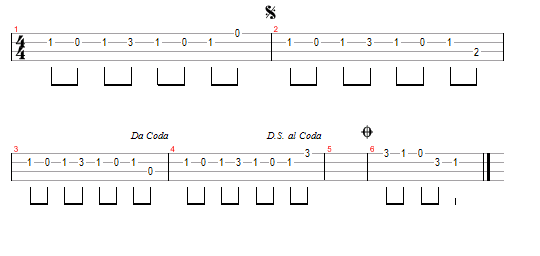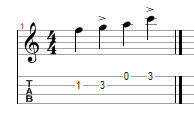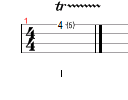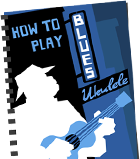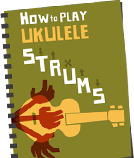What do you think of ukuleles that look like guitars? apeing
Obviously, most ukuleles look somewhat like guitars. But some ukuleles consciously ape the look of certain guitars. The most obvious example is Kiwaya‘s K-Wave series. The series includes the Kiwaya K-Wave Telecaster and the Kiwaya K-Wave Gibson Les Paul. I’m not sure why they didn’t go with the more sexy and more famous Fender Stratocaster rather than the more workaday Telecaster. If you want a strat style ukulele, you’ll have to get to work on a 1/2 size guitar to produce one of these as friend of Uke Hunt Todd did.
Gibson guitars are some of the sexiest around, so it’s no surprise they’re the most imitated.
The latest addition to the Kiwaya’s K-Wave series (and the one that me thinking about the subject) is the Kiwaya K-Wave Gibson Gold. RISA seem to be getting in on the action with their new electric ukes with the Gibson Les Paul shape. They’re not available yet but one did make an appearance at NAMM. Also imitating the Gibson is the Mahalo Flying V ukulele. It’s strange that no one has taken on the Gibson SG devil-horns style (most famously used by Angus Young).
I find the Kala Archtop’s take on the much less famous Gibson ES the most visually appealing. They feel more true to the original – made a great deal easier by the fact that it is reproducing a semi-acoustic guitar so the pickups are not missed.
Ovation’s Applause ukes are slightly different in that they imitate their own guitars. The small, oddly placed soundholes and the soundboard design make it instantly recognisable.
They’re also very popular with many ukers, but I can’t stand the way they look. No amount of Kaki King can undo the damage of 80s attrocities like Yngwie Malmsteen (possibly the worst guitar solo I’ve ever heard), Toto and Judas Priest. The Ovation artist page even boasts of the support of UB40 and Motley Crue. As far as I’m concerned, playing an Applause ukulele is like walking around with a Nikki Sixx haircut.
I have mixed feelings about guitar-a-like ukes. I must admit, the Gibson mini-mes make me grin and they’re obviously a bit of fun. But I wouldn’t actually buy one. They never really capture the impact of the real thing. Guitars are designed to work as guitars. They’ll never match a uke designed to work as a uke.
It makes me wonder whether any company will mass produce reproductions of some of the classic early uke designs. Mike Da Silva’s Santo and Dias reproduction ukes are gorgeous. I just love that body shape. If some enterprising company started making cheap reproductions in the Dias style (maybe they already are and I’ve missed it – let me know) it wouldn’t surprise me if they sold very well. Of course, they wouldn’t be as nice as the Da Silvas, but they’d pique my interest.

